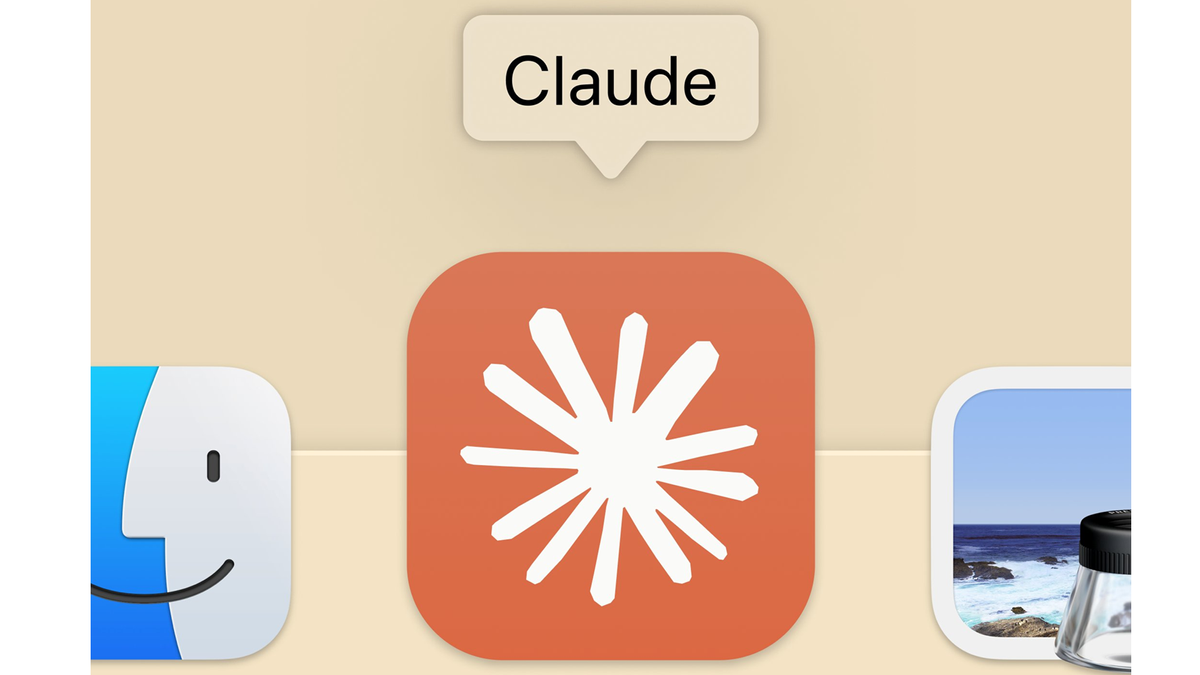Claude joins the AI chatbot desktop app rush but leaves some features behind

AI chatbot Claude is now available as a desktop app for both Windows and Mac computers. The public beta for the apps is available for free users as well as subscribers to the premium version of the AI chatbot. Claude creator Anthropic describes the desktop versions of Claude as “fast, focused, and designed for deep work,” implying that those who want to use Claude at home without opening a browser will find it just as helpful as going online or to the Claude mobile app.
One way the desktop app is more efficient is by having a keyboard shortcut to open Claude. After installing the app, you can press Ctrl + Alt + Space to access the AI. That’s a boon if you have a lot of other tasks running and don’t want to navigate to the website.
The other major benefit of the desktop app is that it frees you from relying solely on mobile devices or web browsers to access your conversations with Claude. You could start the chat on your smartphone, then open the desktop app when you get home or vice versa, with a visit to the website if you’re at a public library or similar spot. This continuity can help speed up all kinds of Claude-based projects.
Anthropic also debuted a small upgrade to the Claude on mobile apps: native dictation. You can record up to 10 minutes of audio that Claude will transcribe and then respond to in text form on the app. It’s not a full-on voice interactive feature, but it does mean you can at least submit prompts to the AI chatbot without typing.
AI at home
The desktop version of Claude uses Anthropic’s latest AI model, Claude 3.5 Sonnet, but it can’t do everything the web version does. In particular, it lacks the new Computer Use feature that lets Claude control your cursor and type on your behalf. That’s not too much of a surprise since Computer Use and the desktop apps are still in beta. Presumably, the feature will arrive when both are more mature.
Anthropic’s timing in releasing the Claude desktop apps is interesting as it is part of a sudden flurry from rival AI chatbots. Both OpenAI’s ChatGPT and Perplexity AI have introduced desktop apps in recent weeks. They each have some variation of the web version of their respective chatbots, with many, though not all of the same features. The appeal of a more convenient and accessible AI chatbot is obvious.
That’s why Microsoft embedded its Copilot AI directly into the Windows 11 operating system. All of the AI chatbot developers want to encourage current and potential users to stick with their products regardless of where they are or what they are doing. It’s going to be another central frontier for the industry, just like mobile apps a decade ago.
